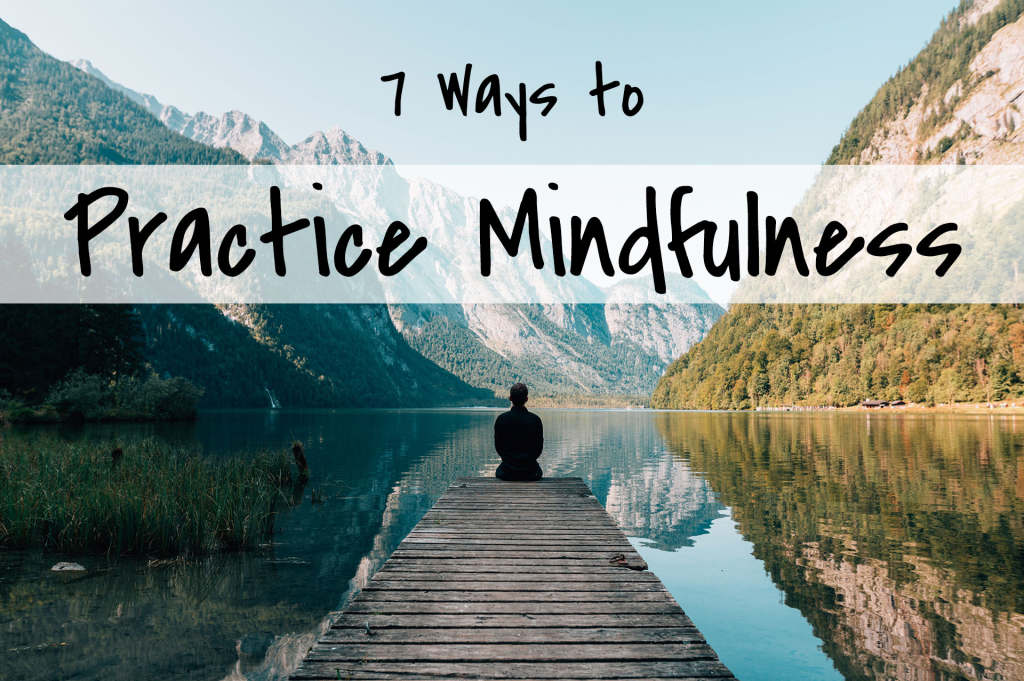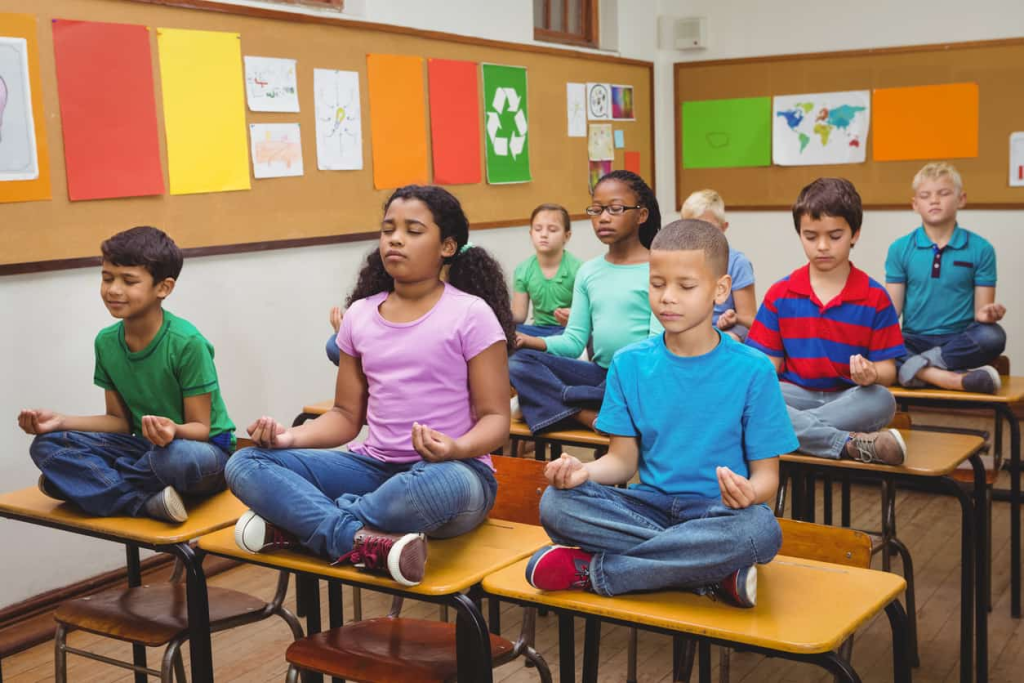In our increasingly hectic world, mindfulness offers a powerful antidote to the constant stimulation and pressure we face daily. While often associated with formal meditation practices, mindfulness can be seamlessly integrated into everyday activities, transforming routine moments into opportunities for presence and awareness. This guide explores practical, accessible ways to incorporate mindfulness into your daily life, helping you reduce stress and increase your appreciation of each moment.
Understanding Mindfulness Beyond Meditation
Mindfulness, at its core, is the practice of paying deliberate attention to the present moment without judgment. While dedicated meditation practice can strengthen this skill, mindfulness extends far beyond sitting in silence. It’s about bringing quality attention to whatever you’re doing, whether that’s washing dishes, commuting to work, or having a conversation.
The essence of mindfulness lies in shifting from automatic pilot—where we move through activities with minimal awareness—to engaged presence. This shift doesn’t require additional time in your schedule, but rather a change in how you approach the activities you’re already doing. By cultivating this present-moment awareness, you can experience greater calm, clarity, and connection throughout your day.
Morning Mindfulness Practices
How you begin your day often sets the tone for what follows. These simple morning practices can help establish mindfulness from the moment you wake:
Mindful Awakening
Before rushing into the day’s activities, take a moment while still in bed to notice your breathing and bodily sensations. Observe your thoughts without getting caught up in planning or worrying. This brief pause helps transition gently from sleep to wakefulness with awareness rather than automaticity.
Intentional Morning Routine
Transform routine activities like brushing teeth or showering into mindfulness practices by fully engaging your senses. Notice the temperature of the water, the scent of soap, the sensation of brushing. When your mind wanders to the day ahead, gently redirect attention to these sensory experiences.
Mindful Breakfast
Whether your breakfast is elaborate or simple, eat with full attention. Notice the flavors, textures, and aromas of your food. Observe the movements involved in eating. Put down your phone and turn off the TV to eliminate distractions that pull you away from the present experience.
Mindfulness in Work and Productivity
Work environments often present particular challenges to mindfulness, with multiple demands competing for our attention. These strategies can help maintain presence despite workplace pressures:
Single-Tasking
Counter the myth of multitasking by focusing on one activity at a time. When writing an email, just write the email. When speaking with a colleague, give them your full attention. This approach improves both the quality of your work and your experience of doing it.
Transition Rituals
Create brief mindfulness moments between tasks. Before moving from one project to another, take three conscious breaths, feel your feet on the floor, or gaze out a window. These micro-breaks reset your attention and prevent the mental residue of one task from contaminating the next.
Environmental Reminders
Place small objects or visual cues in your workspace that prompt mindfulness. A small stone, plant, or even a written word like “breathe” can serve as anchors, reminding you to return to present awareness when you notice them.

Mindful Movement in Daily Life
Physical movement offers natural opportunities for mindfulness practice, connecting us directly with bodily sensations and the present moment:
Walking Meditation
Transform ordinary walking into meditation by paying attention to the sensations in your feet and legs as they contact the ground. Notice the shifting of weight and balance with each step. This practice works anywhere—between meetings, while shopping, or even walking to your car.
Mindful Exercise
Whether you’re at the gym, doing yoga, or playing a sport, bring full attention to the physical sensations, movements, and breathing involved. This mindful approach not only enhances the mental benefits of exercise but can improve performance and reduce injury risk.
Posture Check-Ins
Several times throughout the day, pause to notice your posture. Are you hunching over a device? Clenching your jaw? Holding tension in your shoulders? These momentary check-ins build body awareness and provide opportunities to release unnecessary tension.
Mindful Communication
Our interactions with others provide rich opportunities for mindfulness practice while simultaneously improving the quality of our relationships:
Attentive Listening
Practice giving others your full attention during conversations. Notice when your mind wanders to planning your response or making judgments, then gently return to listening. Observe not just words but facial expressions, tone, and the emotions being conveyed.
Speaking with Awareness
Before responding in conversations, take a breath and notice your intentions. Are you speaking to be helpful, to express yourself honestly, or perhaps to impress or defend? This awareness can transform communication from reactive to intentional.
Digital Communication Boundaries
Apply mindfulness to email, texting, and social media by creating boundaries around when and how you engage. Consider checking messages at designated times rather than constantly, and bring full attention to your digital communications rather than handling them while doing other activities.

Mindfulness in Household Activities
Domestic tasks often fall into the category of things we rush through on autopilot. Reframing these activities as opportunities for practice can transform chores into meaningful moments:
Mindful Cleaning
Approach cleaning as a physical practice rather than a burden to be completed. Notice the movements of sweeping, scrubbing, or folding. Observe how surfaces change from dirty to clean. Engage fully with each task rather than rushing to finish.
Cooking Meditation
Cooking engages all senses and can be a deeply satisfying mindfulness practice. Pay attention to the colors, textures, and aromas of ingredients. Notice the sounds of chopping or sizzling. Feel the transformation of separate elements into a cohesive meal.
Transitioning Home
Create a small ritual when entering your home that helps you transition mindfully. This might involve pausing at the threshold, taking a few deep breaths, or changing clothes. This practice helps prevent carrying the stress of work or outside activities into your home environment.
Evening Wind-Down Practices
The end of the day offers opportunities to cultivate mindfulness that can improve sleep quality and provide closure:
Digital Sunset
Establish a cutoff time for screens at least 30 minutes before bed. Use this tech-free time to engage in activities that facilitate presence, such as reading, gentle stretching, or conversation.
Gratitude Practice
Before sleep, reflect on three specific things from your day that you appreciate. Focus on details rather than generalities, noticing the positive moments that might otherwise be overlooked in the day’s rush.

Body Scan Relaxation
While lying in bed, systematically bring awareness to each part of your body from toes to head, noticing sensations without trying to change them. This practice helps transition into sleep while cultivating bodily awareness.
Common Questions About Daily Mindfulness
How long does it take to see benefits from mindfulness practice?
Many people notice immediate benefits like reduced stress after individual mindfulness sessions. However, the cumulative effects—such as improved emotional regulation and decreased reactivity—typically develop over weeks of consistent practice. Even five minutes of mindfulness daily can produce noticeable benefits when maintained over time.
What if my mind constantly wanders during mindfulness practice?
Mind-wandering is completely normal and happens to everyone, including experienced practitioners. The actual practice of mindfulness is noticing when your mind has wandered and gently returning your attention to the present moment. Each time you notice and return, you’re strengthening your mindfulness “muscle.”
Recommended Resources
To deepen your understanding and practice of everyday mindfulness:
- Mindfulness apps offering guided practices for various daily activities
- Community meditation groups where you can share experiences and learn from others
- Books focused on practical, accessible mindfulness techniques for busy people
Conclusion: The Art of Being Present
Bringing mindfulness into daily life doesn’t require dramatic lifestyle changes or hours of formal practice. Instead, it involves a subtle yet profound shift in how you relate to your existing activities and experiences. By approaching ordinary moments with curiosity and presence, you transform not just your experience of those moments but also your relationship with life itself.
Remember that mindfulness is not about achieving a particular state or eliminating thoughts, but rather about developing a different relationship with whatever is occurring. With practice, you may find that the simple act of returning to the present moment—again and again—brings a sense of peace and engagement that enhances even the most mundane aspects of daily life.
